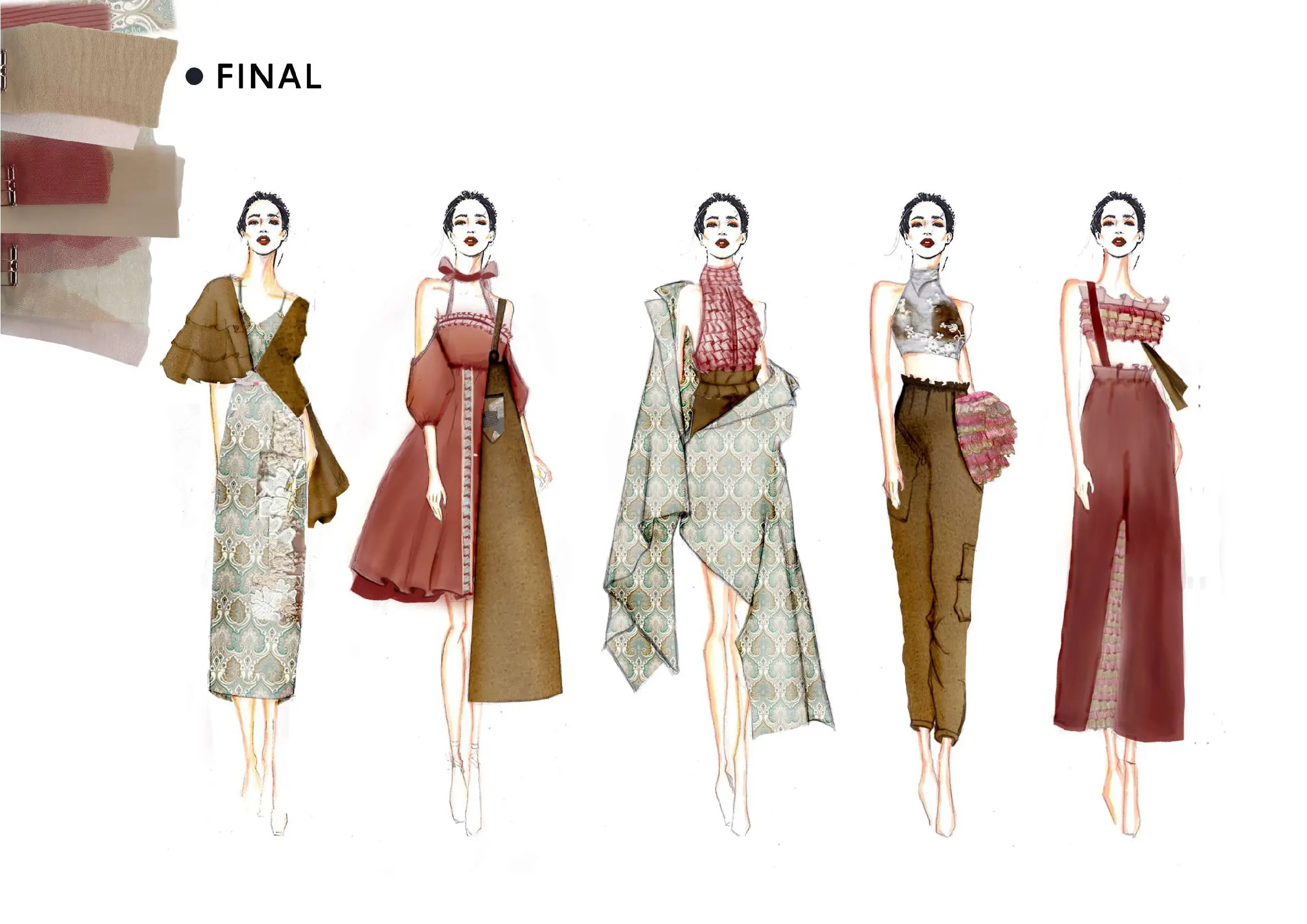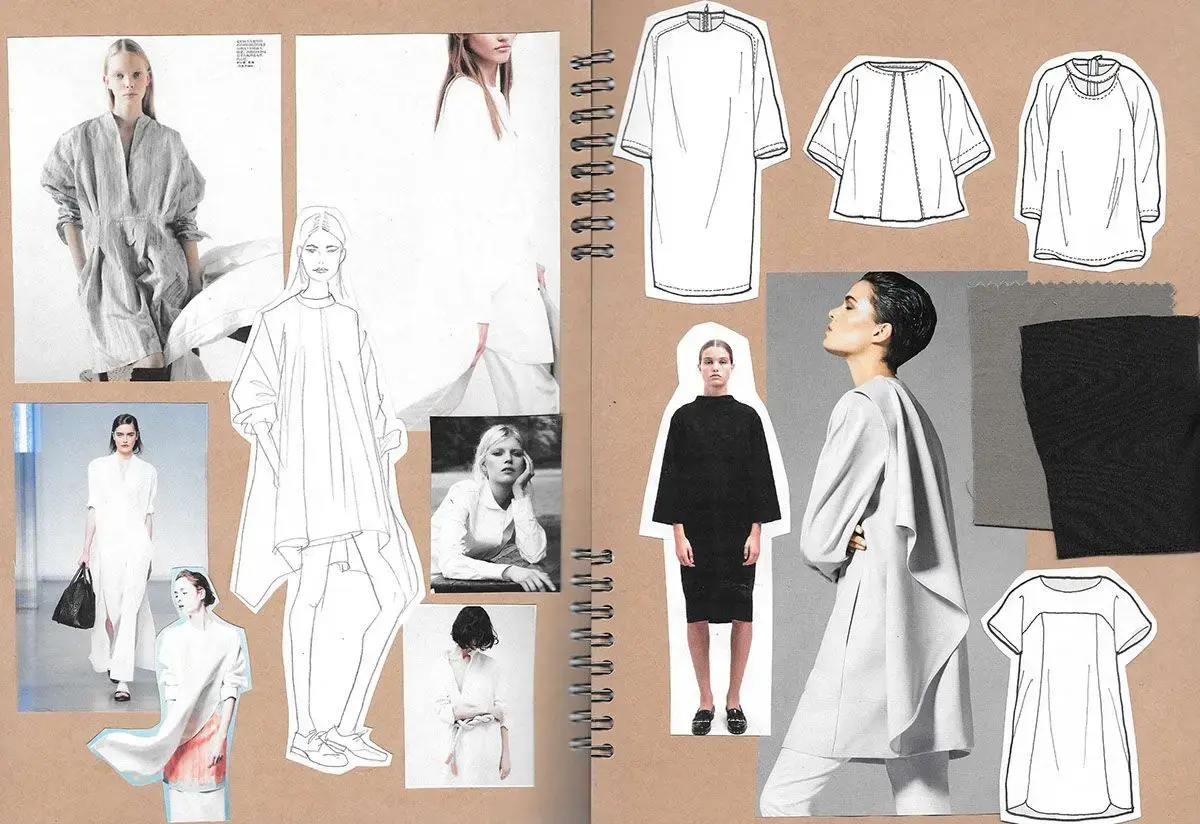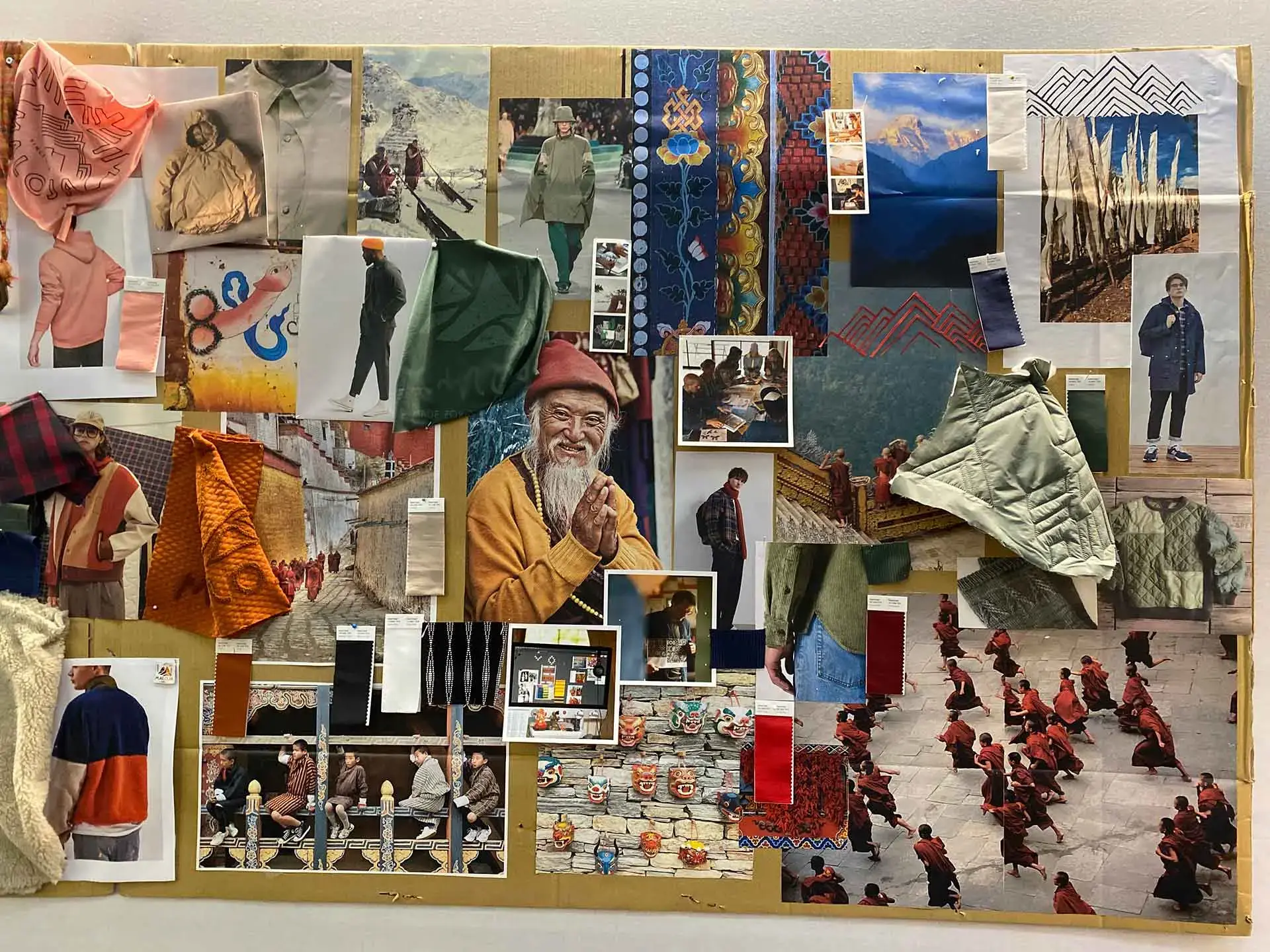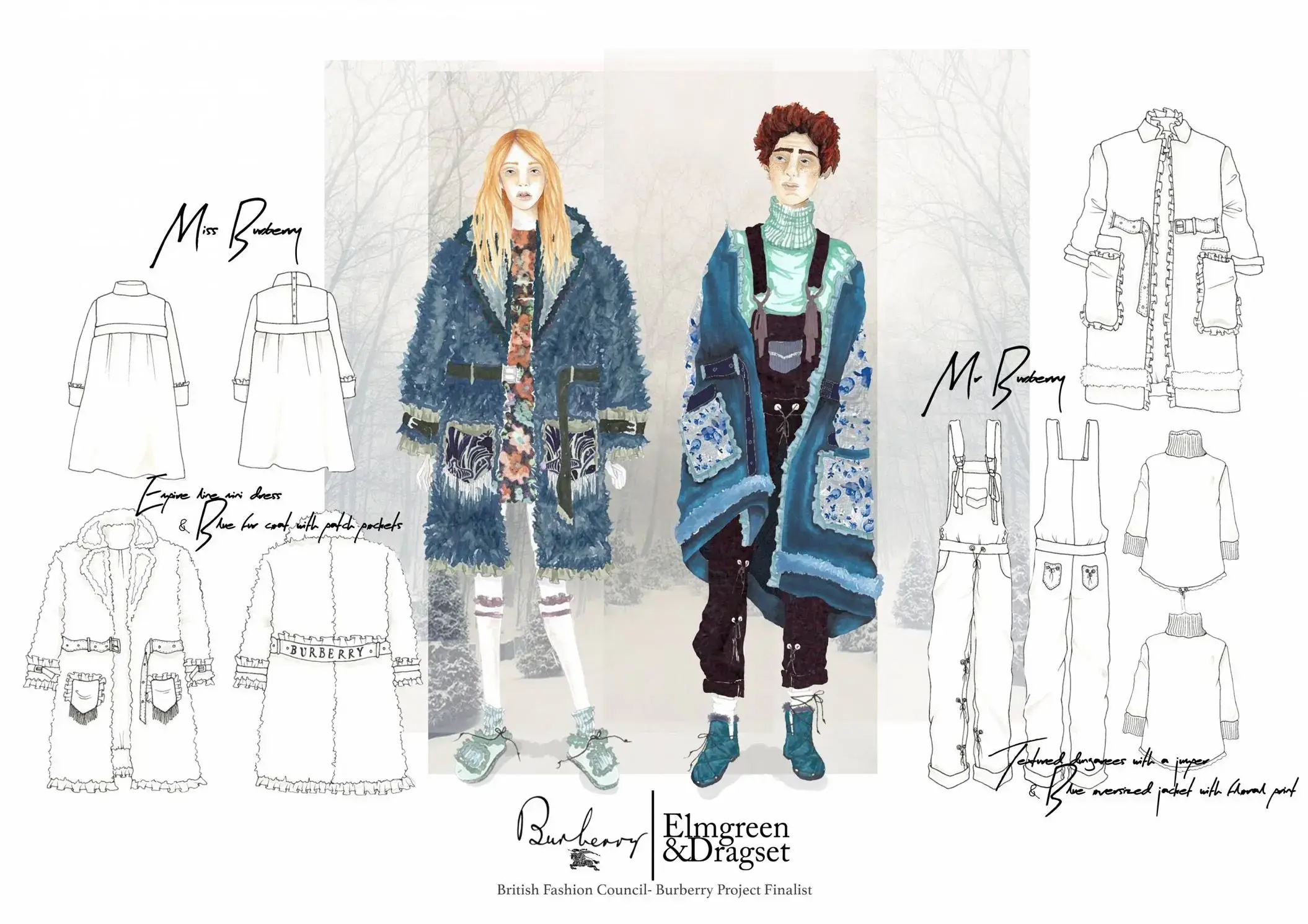Advice for your next fashion job based on your fashion designer portfolio
- Fashion Design
Advice for your next fashion job based on your fashion designer portfolio
Contact us
Bengaluru
Campus 1 : JD School of Design, No. 18-1, Brigade Road, Bengaluru,Karnataka – 560 001.
Campus 2 : No. 40, Swan House, 4th Cross, Residency Road, Bengaluru, Karnataka – 560001.
Goa
Musthtifund Saunstha , Near Mahalaxmi Temple,Dada Vaidya Road, Goa-403001
Advice for every fashion designer:
It’s not a novel idea to use portfolios to get employment in the fashion industry. For years, fashion designers have shared their portfolios in hopes of getting their ideal position. Still, it seems like there are unanswered issues about the process of creating a fashion design portfolio. The most often requested questions are:
What is the ideal length for a portfolio?
Is it better to present a portfolio digitally or as a physical item you can hold? Decide for your own comfort!

How many collections ought you to distribute?
At Beyond Talent, we have a great deal of portfolio experience. As experts in the field of fashion design, we understand what makes a portfolio shine, appear polished, and make an impression that will help you land the job. We’re here to help you achieve your professional goals by providing advice on how to build a fashion designer portfolio for your upcoming position. Let’s make your best creation yet!
A portfolio of a fashion designer is what?
It’s critical that the two different sorts of portfolios remain distinct from one another. There is your personal portfolio, which comprises all of the collections you are proud of and displays your whole career as a fashion designer. The next thing you need to prepare when applying for a job is a specific portfolio. To determine whether you are the best candidate to be recommended for an interview, the recruiter will review your portfolio, which is customised for the position you are interested in.
Below are some specifics on the two categories of portfolios:
Type 1 Designer Portfolio: Individual Portfolio
What you bring to an interview is your personal portfolio. It showcases the talents you have honed and features collections you have made during your career as a designer. You might have a specialty, like knitwear, in which case your own portfolio will reflect it. Alternatively, your knowledge in a range of design and trend domains ought to be demonstrated throughout.
Type 2 Designer Portfolio: Particular Portfolio
Following an initial discussion about a role, a recruiter or firm may request that you share a specific portfolio. You put together this portfolio in an attempt to get an interview. It has nothing to do with your interview attire. The best collections you have that fit the kind of role you are aiming for should be on display. If the job is for a jersey, for instance, your greatest jersey design work will be included in your portfolio.

Now that you are aware of the kind of fashion designer portfolio you ought to put up for your next position, let’s talk in more detail about the contents of each one. Make a portfolio of your work as a fashion designer for your next job. Each fashion portfolio should be unique. A professional portfolio serves as a display for you, your concepts, your originality, and your vision. Make sure to showcase your unique style and individuality, but don’t forget to keep your work samples professionally done. The businesses you are applying to must be certain that your designs can be manufactured and marketed. However, avoid having your work become less creative as a result. Make sure your true creative self is still evident. Every kind of portfolio must adhere to the same structure:
A succinct overview
Idea mood boards along with your creations
A technical drawing of a challenging item (such as a coat or pair of trousers) should be sent with your application if you’re seeking a fast-fashion position in order to demonstrate your skill.
Naturally, your portfolio will be different if you’re looking for a position as a head designer. Since head designers supervise a team of designers rather than producing their own work, they should showcase the final collections they created in your portfolio along with catwalk and photoshoot images.
For further information on each of the elements that should be included in a personal and specific portfolio, see below:
1. Give a succinct introduction first.
Try to keep your introduction to no more than seven lines. It should describe the rationale, intent, and sources of inspiration behind your collections, as well as what the viewer of your portfolio might anticipate finding within. You can include extra information about yourself as a designer in the introduction you write for your personal portfolio, but don’t overdo it. Don’t write too much.
2. Incorporate idea mood boards
It’s crucial to use mood boards to describe the ideas that drove your collections. This will demonstrate your work style and creativity to employers and recruiters. Add illustrations, photos, fabric swatches, colour palettes, and textile designs. You just need to allocate one or two pages to your concepts; any more, and your portfolio runs the risk of becoming overly lengthy.
 PARTICULAR MOOD BOARD PRESENTATION IN YOUR PORTFOLIO
PARTICULAR MOOD BOARD PRESENTATION IN YOUR PORTFOLIO
3. Display your outfit creations
Display your designs with crisp illustrations and images of your completed collections. To tie the entire appearance and feel of your collection together, use hand-drawn silhouettes, show off how your items look when paired with other outfits, and incorporate motivational photos.
Employers specialising in high-end luxury brands will expect to see preliminary sketches of your final ideas. But in addition to your sketches, fast-fashion retailers will also want to see your designs made in Illustrator or InDesign. When showing your designs, it is vital that you incorporate your finest work. Employers will use this information to determine whether or not your abilities and style fit their business.
4. Exchange technical drawings
Technical drawings are not required to be in your portfolio, but they are strongly encouraged if you want to stand out from the competition while applying for a fast fashion position. Although they can be made by hand, technical drawings made with Illustrator or InDesign are preferable. This is due to the fact that suppliers to fast fashion enterprises need incredibly accurate designs from designers in order for them to create prototype samples. It is pointless to submit a basic technical drawing; instead, showcase your drawing prowess by drawing more challenging criteria, such as jackets, pants, purses, or shoes.

5. Aim for a 10-page fashion portfolio.
One of the most common questions is: How long should a fashion designer’s portfolio be for a job? Although there isn’t a hard-and-fast rule, it is important to avoid overdoing it. You can add as much or as little as you desire in your personal portfolio, but only the best and most recent work should be included. Work completed more than ten years ago won’t pique the curiosity of a recruiter or possible employer. Your specific portfolio should not exceed ten or thirteen pages in length. You should select only your best work, and it should be perfectly targeted to the position you’re applying for.
6. Modify your resume to apply for positions in luxury and quick fashion design.
The structure for portfolios is the same whether you’re looking for a job with premium brand Gucci or a fast-fashion company like H&M (see above). On the other hand, there are some notable variations in the way you display your work. These variations are:
building a fast-fashion brand’s portfolio
Your portfolio needs to be blatantly commercial. While it’s vital to showcase your originality, fast-fashion retailers will be more interested in commerciality. You must demonstrate that you comprehend the market, your target clientele, and the feasibility of mass-producing your designs.
Demonstrating your ability to draw final silhouettes by hand will be valued, but since you’ll be expected to use Illustrator or InDesign, showcasing your finished pieces using these programmes will be more significant.
Proficiency in technical drawing is also essential. Technical drawings are what suppliers will need from you as the designer in order to create prototype samples, which will subsequently be put into mass production.
putting together a luxury brand portfolio
Portfolios for luxury brands should be incredibly creative and stylish. Employers in the luxury fashion industry will want to see a grasp of commerciality in your work, so make sure you convey this as well.
Your hand drawings must be exquisite, and they must demonstrate your creative design process in detail. Whether your style and abilities can function in-house with a premium business depends heavily on the inspiration and ideas that go into your final designs. Technical drawings are acceptable, but they are not required because upscale companies will have in-house designers who can help you take your item from concept to manufacturing.
7. Use colour and have a striking front cover.
Nothing is worse than a portfolio that has an empty front cover. Use creativity to create a visually striking front page for your portfolio. Employers and recruiters should be compelled to open it; that’s what you want. Your portfolios must also be vibrantly coloured. Employers and recruiters want to see colour, so stop trying to be artistic with black and white tones.
8. Turn your portfolio into a digital or web form.
Making a physical book that you can grasp in your hands to display your portfolio is becoming outdated; instead, it’s preferable to build a digital or online book. Having said that, do bring your offline portfolio to the interview to present to the prospective employer if you’re very proud of it. Just remember to have a digital copy of it as well.
9. Avoid including pictures of mannequins dressed in your creations.
Mannequin photos don’t seem very thoughtful or professional. Display press or model images to showcase your finished collections. These seem far more polished.
Additionally, fill each page in your portfolio. Nothing stands out when it’s empty space. Well-considered pages will translate far more effectively than hurriedly assembled pages.
10. Don’t forget to include your most current work.
Employers are more interested in what you can achieve now than in what you created ten years ago. Display your experience within the last two years; unless it is truly relevant, anything beyond this should be omitted.
In the first instance, merely send a sample of your fashion designer portfolio; do not offer your complete body of work at once. Send a condensed copy of your portfolio at first, and if you get the interview invitation, you can send the entire piece. Holding something back will keep the interviewer interested and astonished; therefore, it’s a smart idea.
11. Your portfolio should never be left behind.
Ultimately, your private property is your personal portfolio. Never let it become lost. Respecting that, the interviewer shouldn’t ask to retain your work. Should they do so, inform them that you will deliver a digital copy featuring the best pieces from your whole portfolio as a fashion designer.
Fashion designer portfolios are something we at Beyond Talent view on a daily basis, but as they are the property of our applicants, we are unable to show you their work in order to get ideas for your own.
Fear not—we’ve done some behind-the-scenes digging and located some excellent online fashion portfolio examples. An explanation of why recruiters and employers will find these portfolios noteworthy may be found below.
An arresting mood board for fashion
This mood board appeals to us since it combines computer-generated graphics with hand-drawn inspiration ideas. The designer included a detailed explanation of her inspiration for each design, along with a colour scheme.
A line of clothing with a tactile element
Using fabrics and colour schemes in your final collections is a terrific way to visualise how your clothes will look. This designer demonstrates how to use colour to bring their collection to life by showcasing their trend analysis.
Outstanding technical illustrations
Your technical drawings will be of interest to fast-fashion companies. Include a detailed technical specification in your portfolio to demonstrate your skills. This is an excellent illustration of a technical sketch that shows a great deal of depth and expertise.
A STUNNING technical specification demonstrating excellent drawing abilities
I wish you luck in building your portfolio as a fashion designer for your upcoming position.
